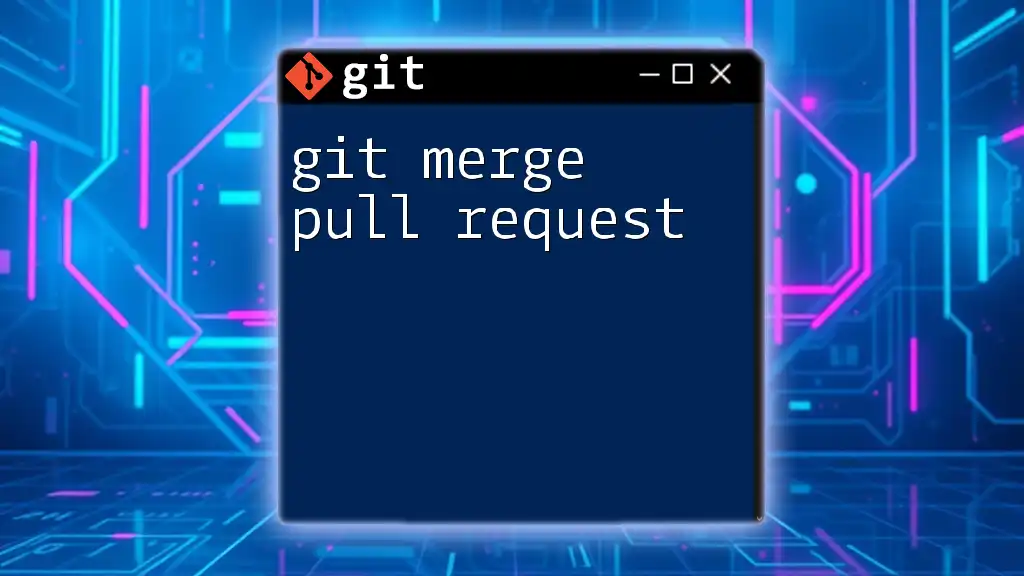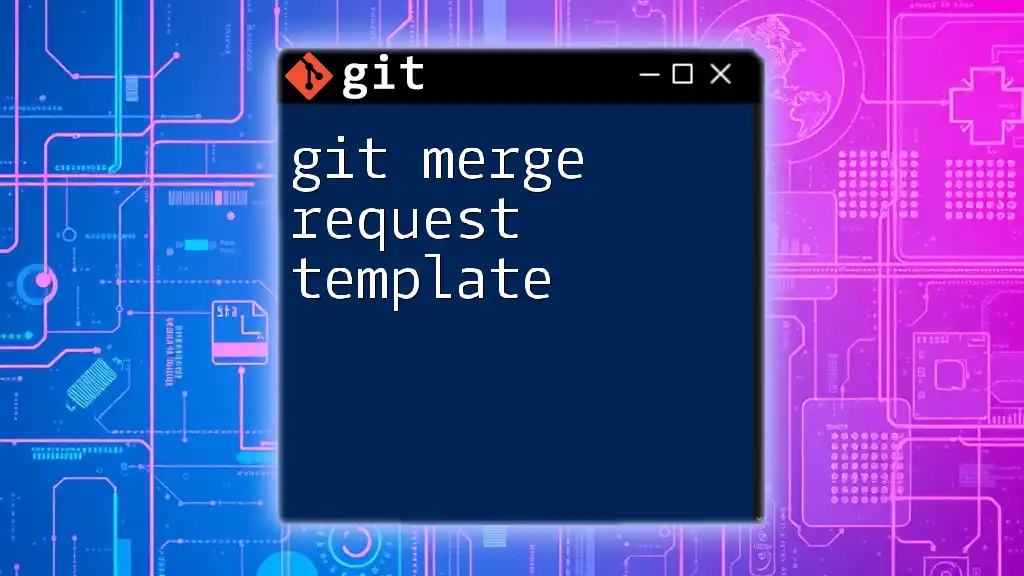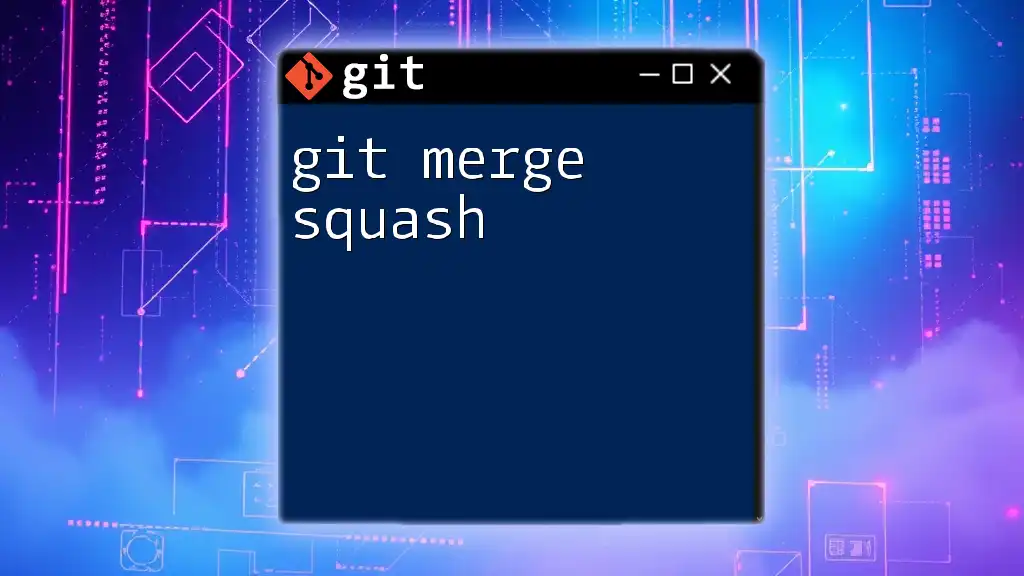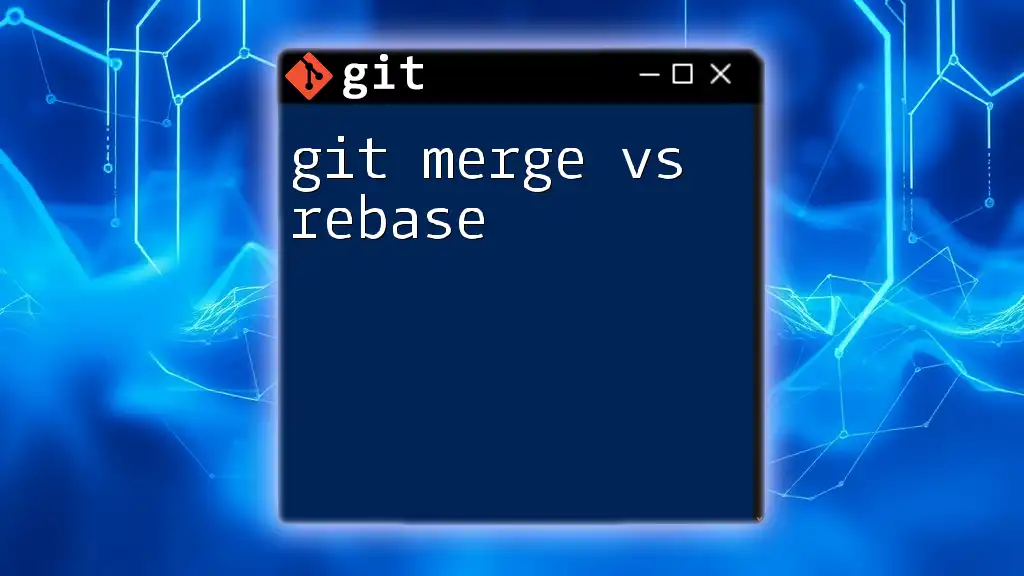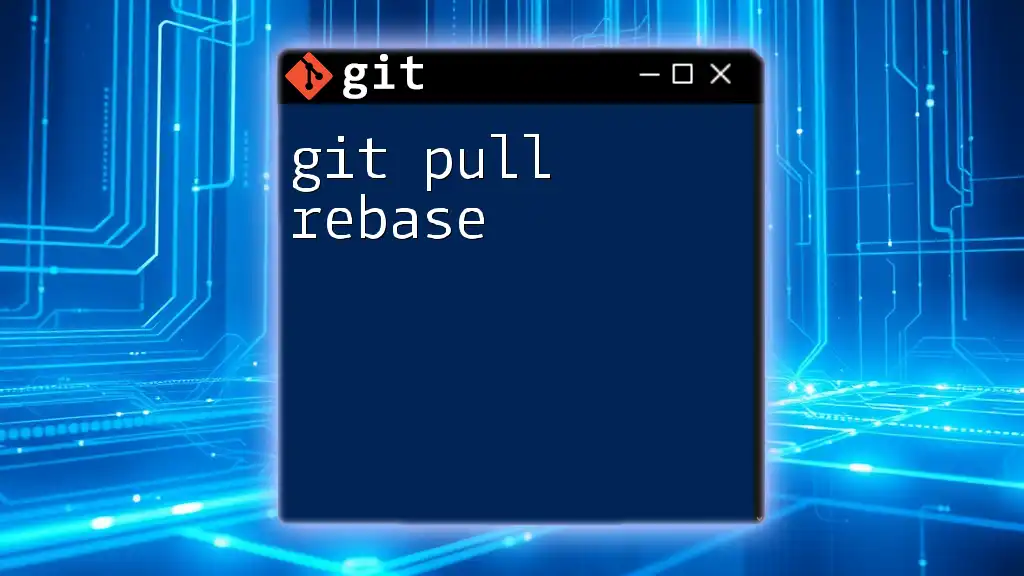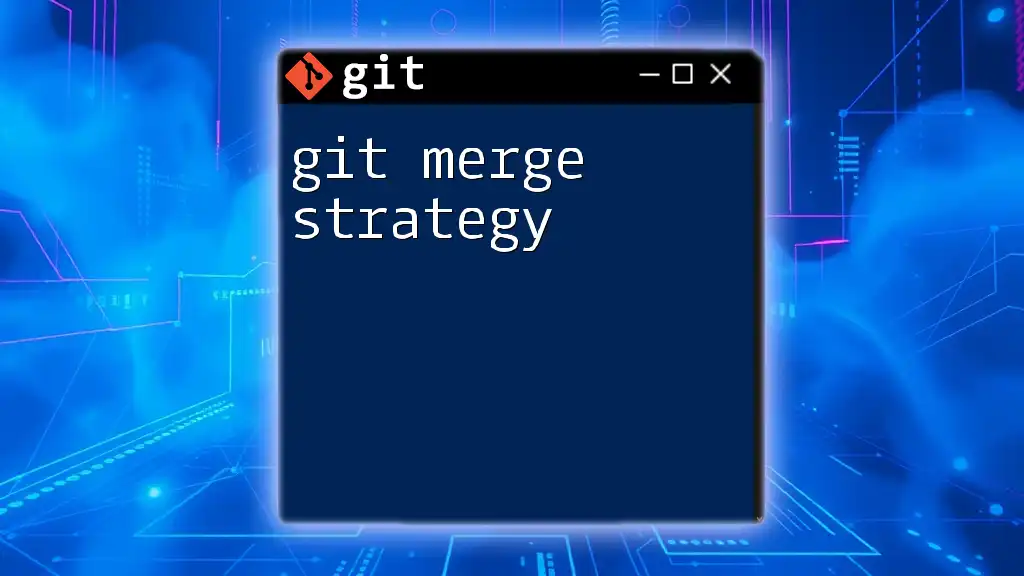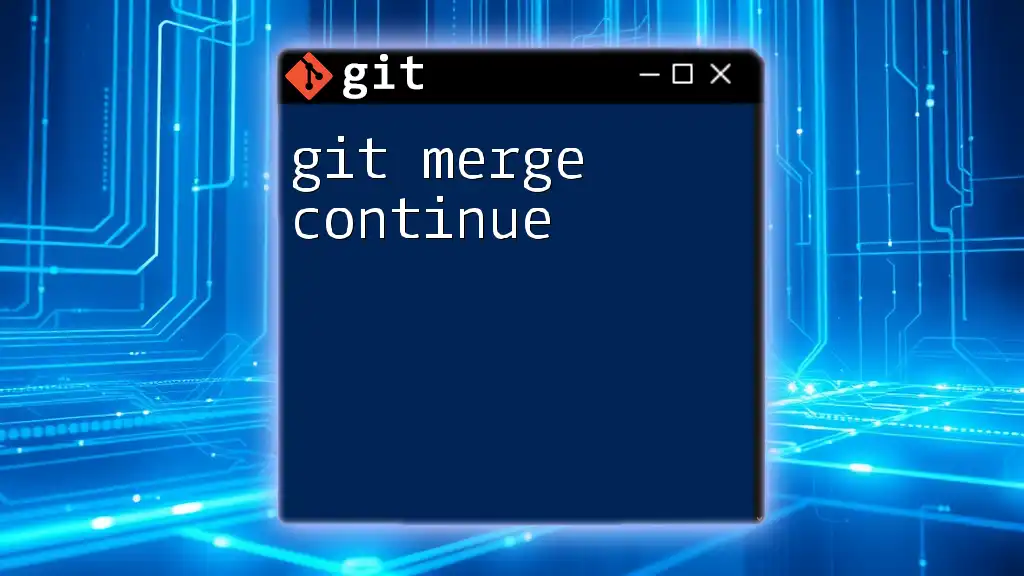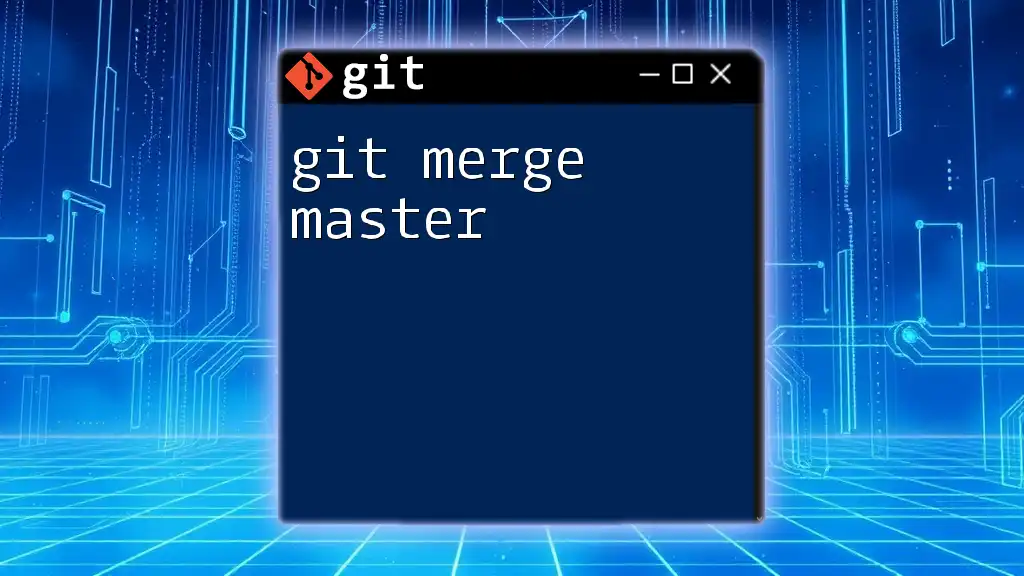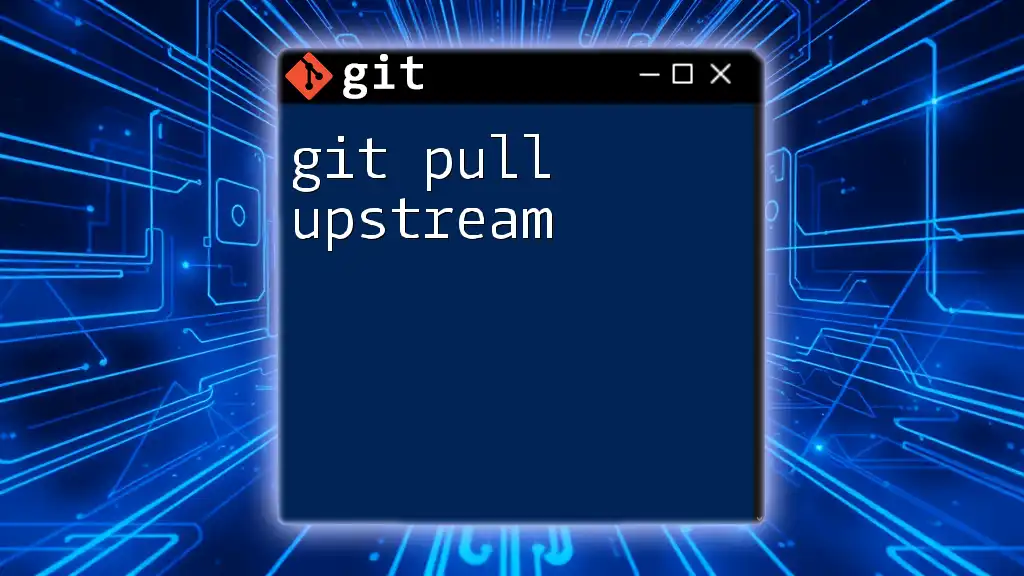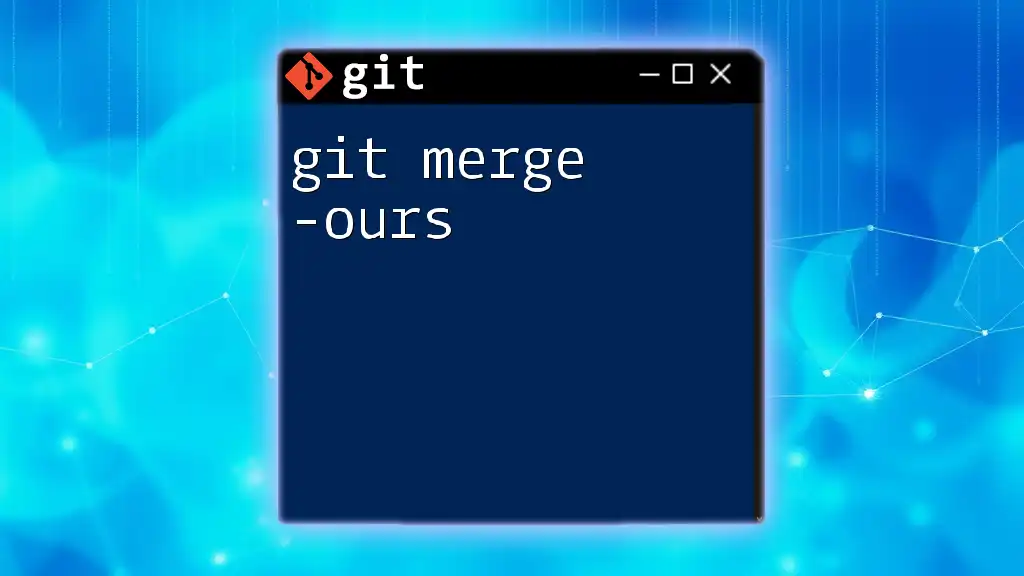A git merge pull request combines changes from a feature branch into the main branch, ensuring that the latest updates are integrated seamlessly while preserving the commit history.
git checkout main
git pull origin main
git merge <feature-branch>
git push origin main
Understanding Pull Requests
What is a Pull Request?
A pull request (PR) is a way to propose changes in a codebase within collaborative version control systems like Git. When a developer wants to merge their changes from one branch to another (usually from a feature branch into a main branch), they create a pull request. This process not only facilitates the merging but also allows team members to review the proposed changes, discuss them, and ensure code quality and functionality.
The Process of Creating a Pull Request
Creating a pull request typically involves several steps:
- Branch: Start by creating a new branch from the main branch or trunk to isolate your features or bug fixes.
- Commit Changes: Regularly commit your changes while working on the branch.
- Push to Remote: Once your work is complete, push your branch to the remote repository.
- Create Pull Request: Go to the platform (e.g., GitHub, GitLab) and create a pull request from your branch to the target branch.
Understanding the importance of branches in this process is crucial. They help in maintaining a clean and organized project history, enabling multiple developers to work simultaneously without conflicts.
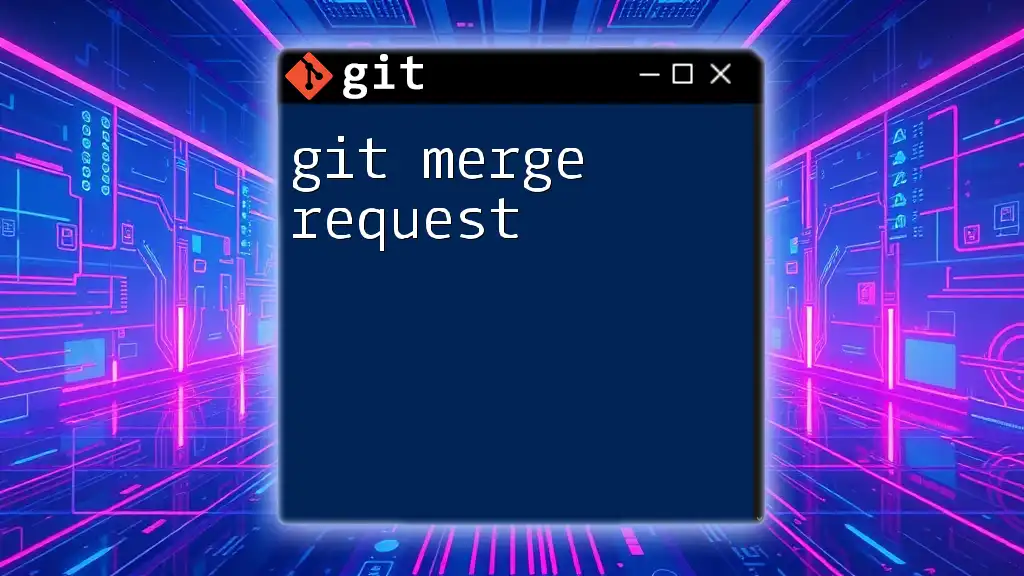
Preparing for a Merge
Checking Out the Right Branch
Before merging, it's essential to check out the correct branch, typically the main branch you intend to merge into. You can switch branches using the following command:
git checkout main
This command ensures you are working on the correct base branch for the merge.
Reviewing Changes
Reviewing the proposed changes in a pull request is vital for maintaining code quality. You can fetch the latest updates from the remote and compare differences using:
git fetch origin
git diff main..feature-branch
This command allows you to see all changes made in the `feature-branch` compared to `main`, enabling you to assess if the changes are appropriate and ready for merging.
Resolving Conflicts
Merge conflicts occur when changes in different branches overlap. Before merging, it's important to identify and resolve these conflicts. If you attempt to merge and Git detects conflicts, you will see an error message. Here’s how to initiate the merge:
git merge main
If there are conflicts, Git will highlight them in the affected files. Open the conflicting files, resolve the conflicts by choosing which changes to keep, and then stage the resolved files:
git add filename
Finally, complete the merge process:
git commit
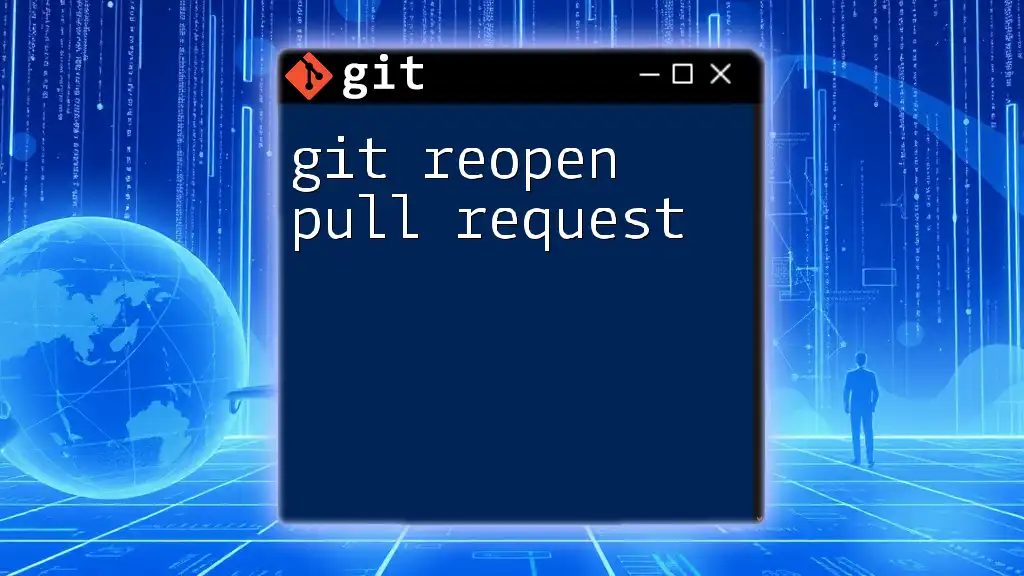
Merging a Pull Request
The `git merge` Command
The `git merge` command integrates changes from one branch into another. To merge a pull request, first ensure you're on the target branch, then execute:
git checkout main
git merge feature-branch
This command will merge the `feature-branch` into `main`. If there are no conflicts, the merge is successful, and you can push the updated `main` branch back to the remote repository.
Benefits of Merging Pull Requests
Enhancing collaboration is one of the primary benefits of merging pull requests. By allowing team members to review each other's code, you foster a culture of code quality and knowledge sharing. Furthermore, merging pull requests ensures a solid history of code changes, making it easier to track what has been integrated into the main branch.
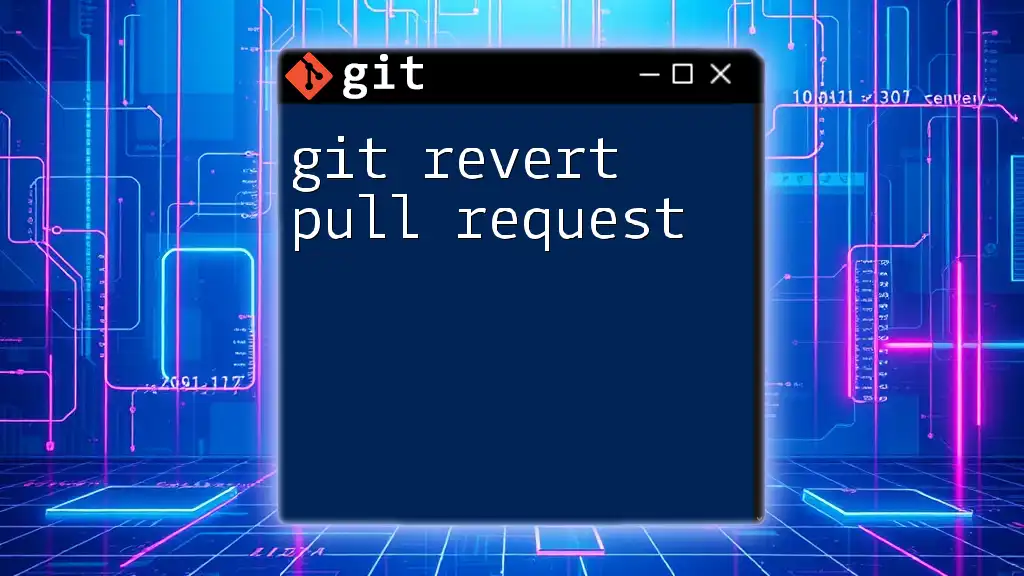
Alternative Methods of Merging
The Squash and Merge Strategy
Sometimes, it’s beneficial to consolidate all the commits from a pull request into a single commit before merging. This is known as a squash merge. It helps to keep the project history tidy. You can perform a squash merge with the following command:
git merge --squash feature-branch
This approach creates one new commit that includes all changes made in the `feature-branch`, thereby simplifying the commit history.
The Rebase Approach
Another alternative to merging is rebasing. Rebasing allows you to integrate changes from one branch into another while maintaining a linear project history. To rebase your feature branch onto the main branch, first check out the feature branch:
git checkout feature-branch
Then, execute the rebase command:
git rebase main
During this process, commits from `feature-branch` will appear as if they were made on top of `main`. Rebasing is a powerful tool but requires caution—especially when it comes to shared branches.
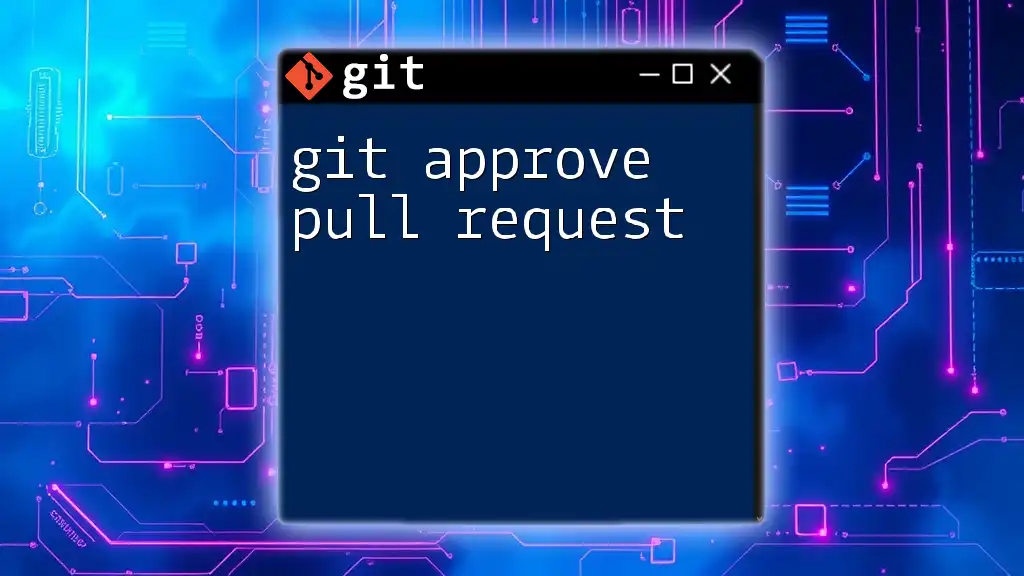
Best Practices for Merging Pull Requests
Writing Clear Commit Messages
Well-written commit messages are crucial. They provide context for future developers (or yourself) to understand why changes were made. They should be concise yet descriptive enough to convey the purpose of the changes.
Conducting Thorough Code Reviews
Conducting detailed code reviews ensures that errors are caught before they enter the main codebase. Reviewers must look for consistency, readability, and ensure that the proposed changes do not introduce new bugs.
Keeping the Branches Updated
Regularly updating your feature branch with the latest changes from the main branch can prevent conflicts and keep your code aligned with the current project state. You can do this by:
git fetch origin
git rebase origin/main

Conclusion
Merging pull requests is a critical aspect of a successful collaborative development process. By understanding how to handle pull requests effectively—supporting code reviews, resolving conflicts, and choosing the right merging strategy—you can significantly enhance your team's productivity and code quality. Remember to consistently practice these techniques to foster a smoother workflow and maintain a healthy project repository.

Additional Resources
For further reading, refer to Git's official documentation, explore tools like GitKraken or SourceTree to simplify your Git experience, and delve into online platforms that offer additional guidance on mastering Git commands. Also, consider joining Git-related forums where you can ask questions and exchange knowledge with experienced developers.

